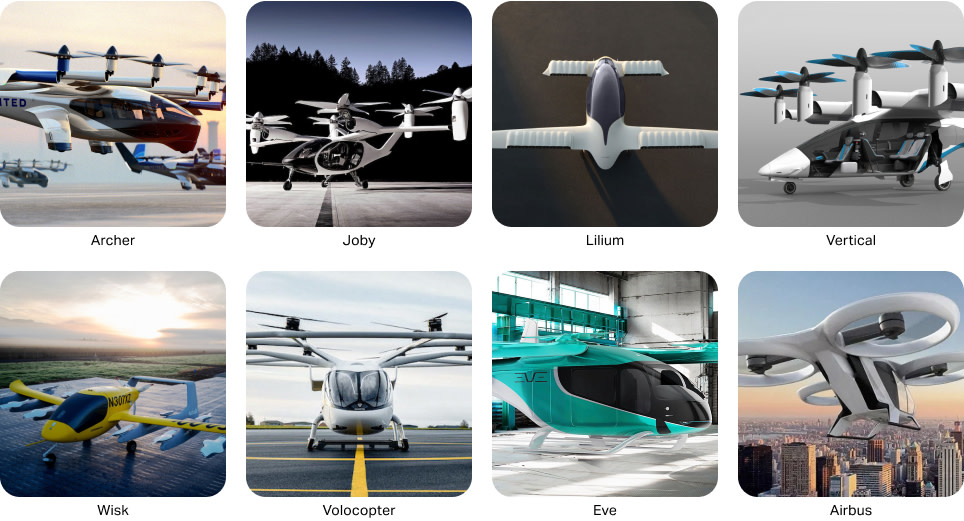- Handbook
- Industries
- Product
- Integrations
- Pricing
- Resources
- Company
Oct 05, 2023
The Vertical Aerospace Crash: What happened and what can we learn?
Neil Cameron
Everyone is hoping to be first to market with a fully certified product and any hiccup along the way can have wide ranging consequence for who comes out on top.

Agile Systems Engineering Briefing
Monthly newsletter and examples on building better iterative engineering cultures from teams like SpaceX, Stoke and Impulse Space.
Share this post
© Copyright 2025 TRC Space Ltd.
All rights reserved.
Providing new-age engineering companies with a requirements tool that is built specifically for their needs and allows them to focus on engineering ground breaking products.